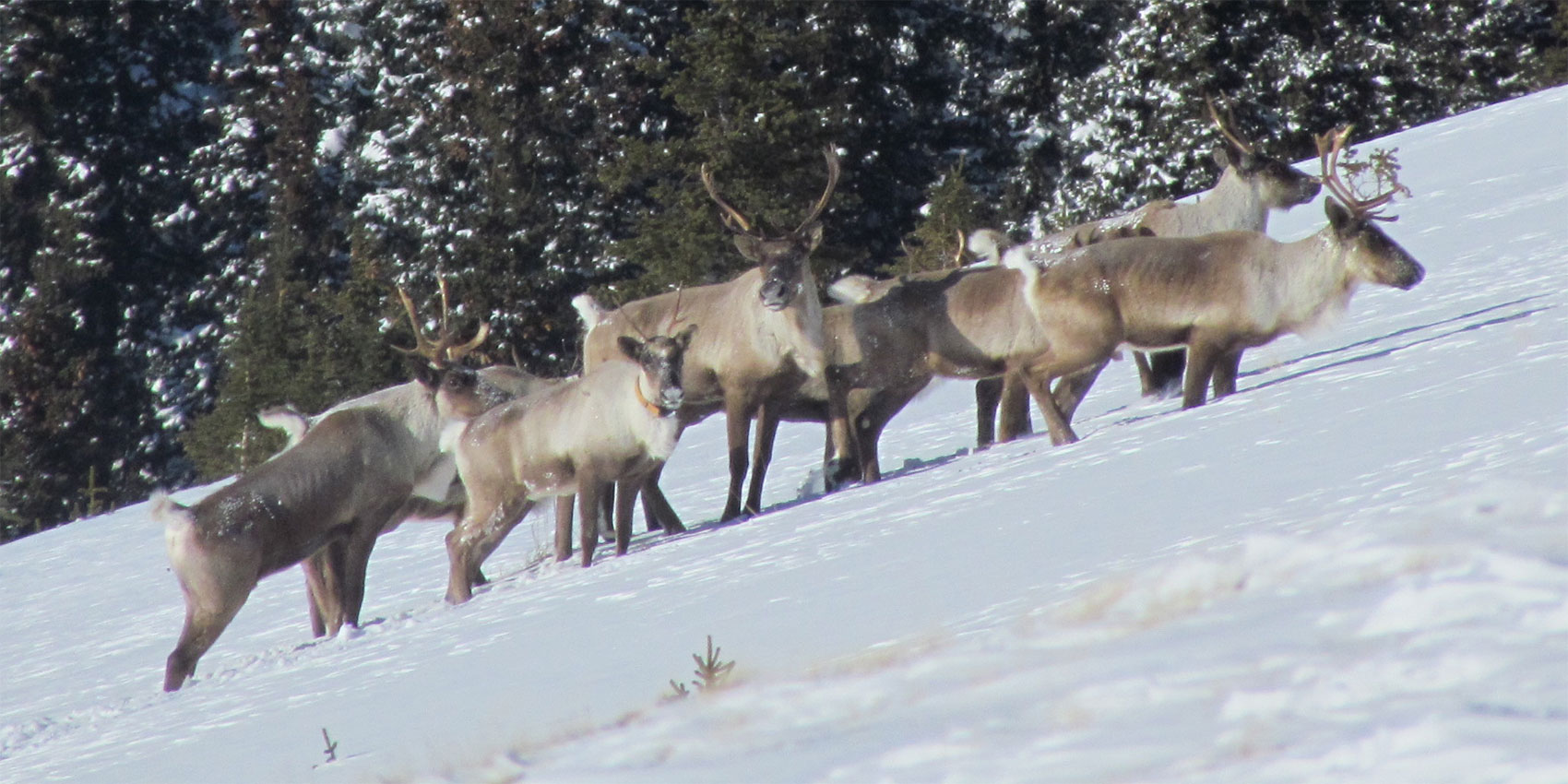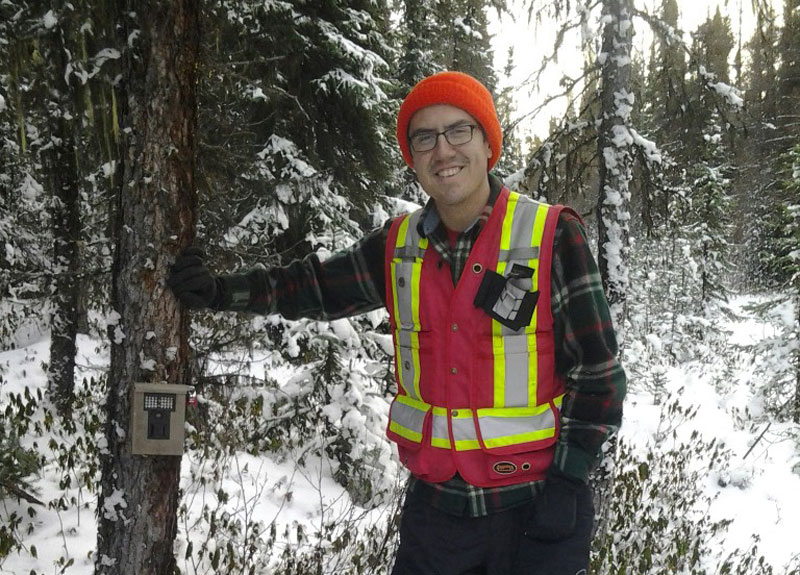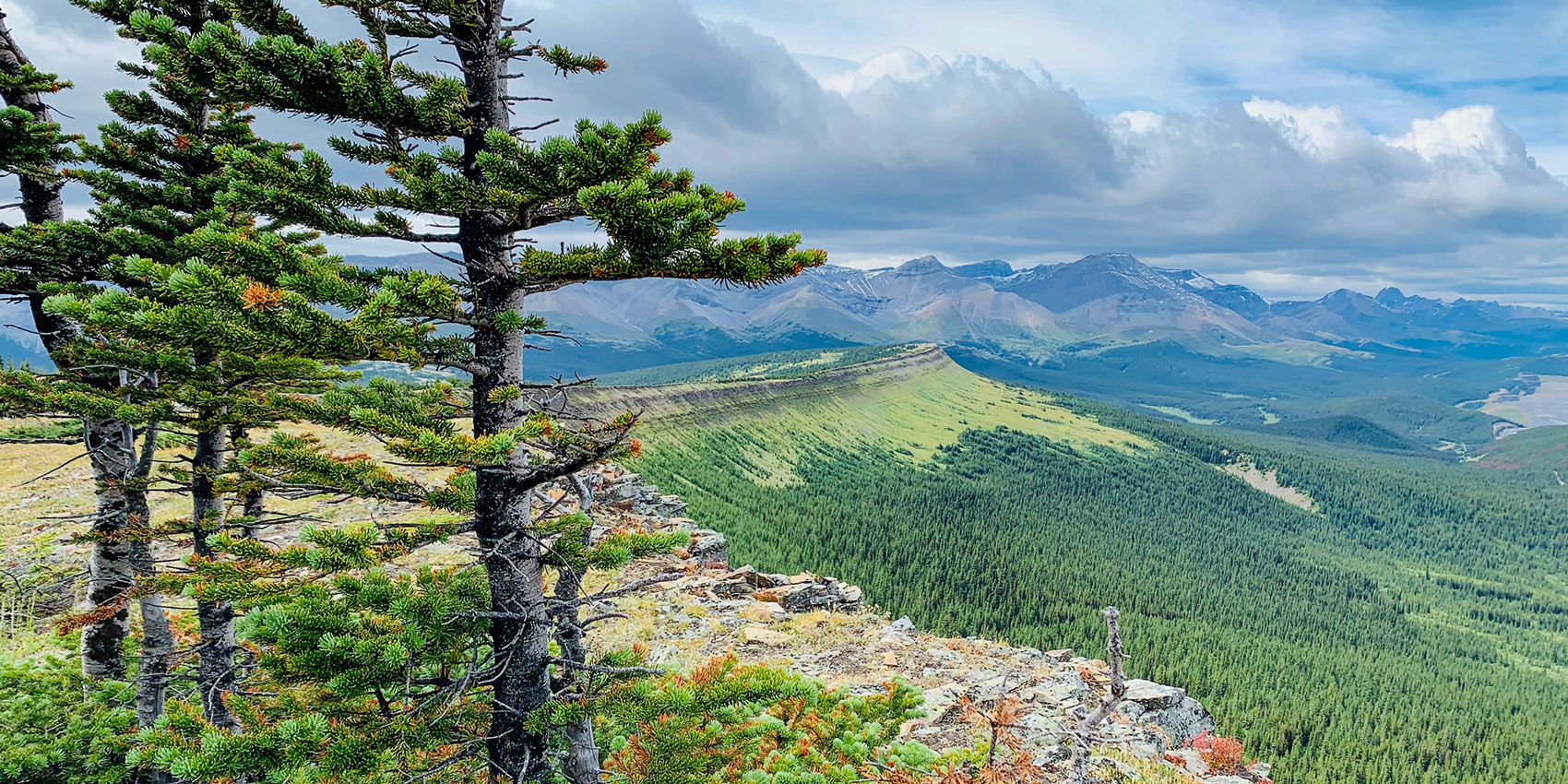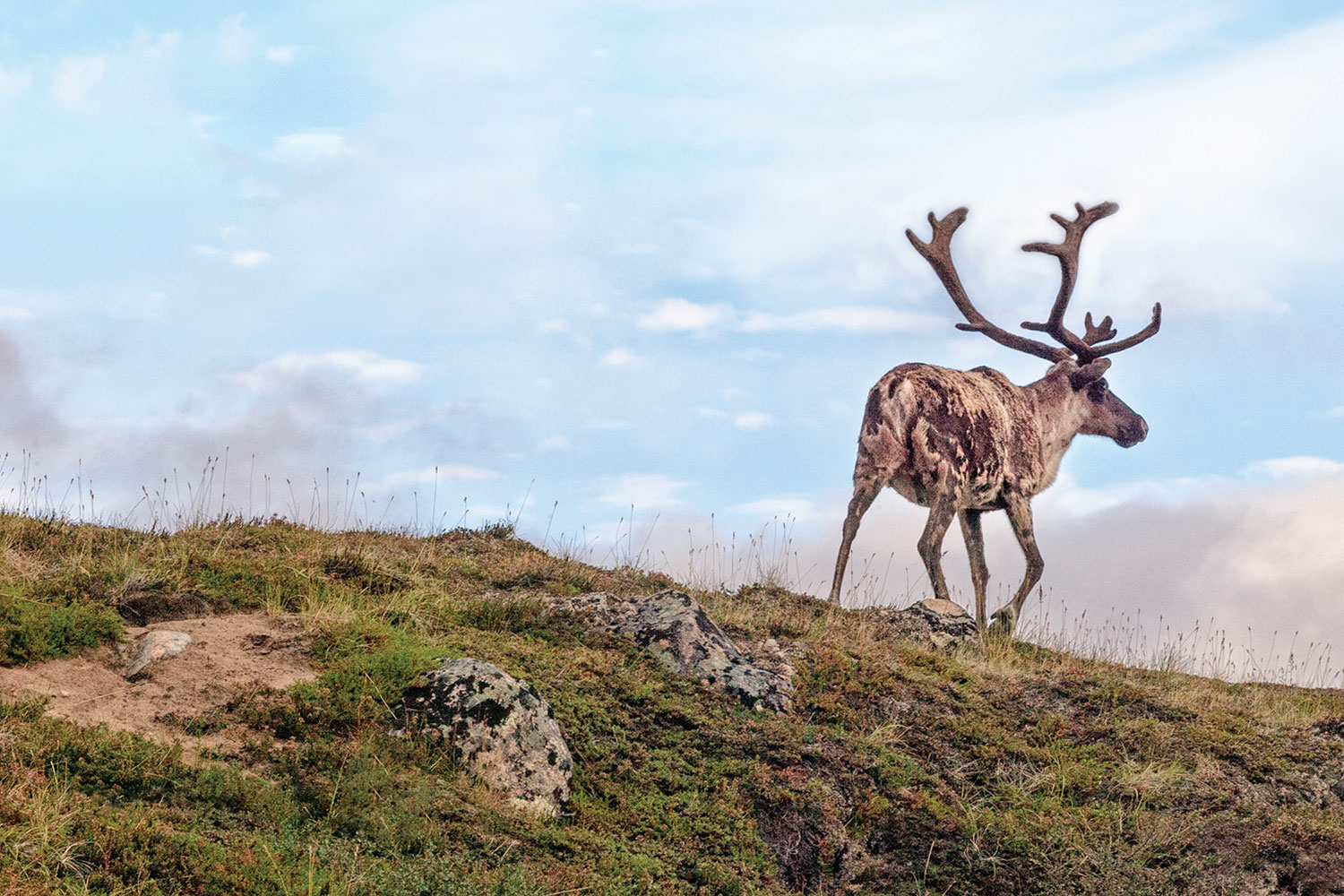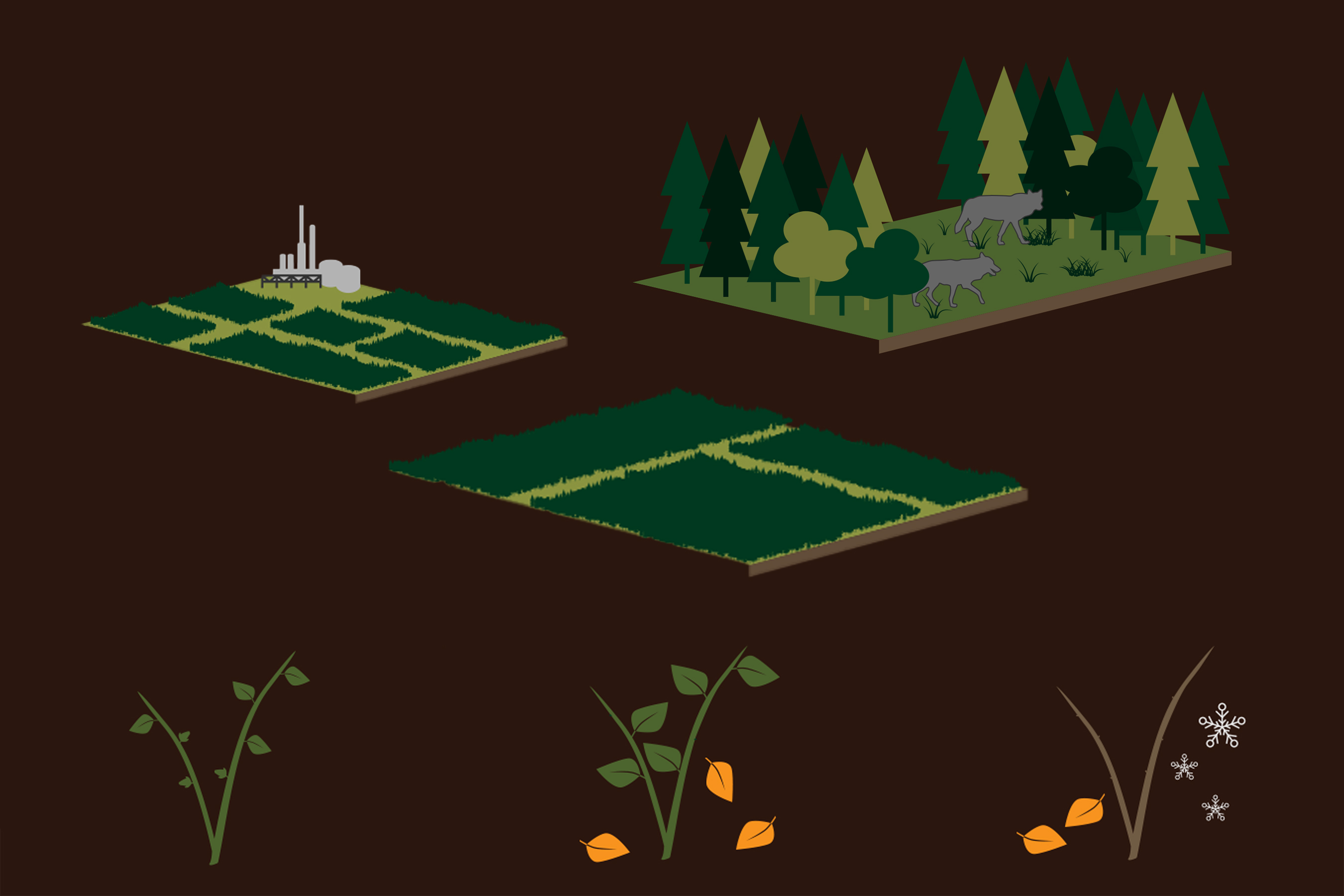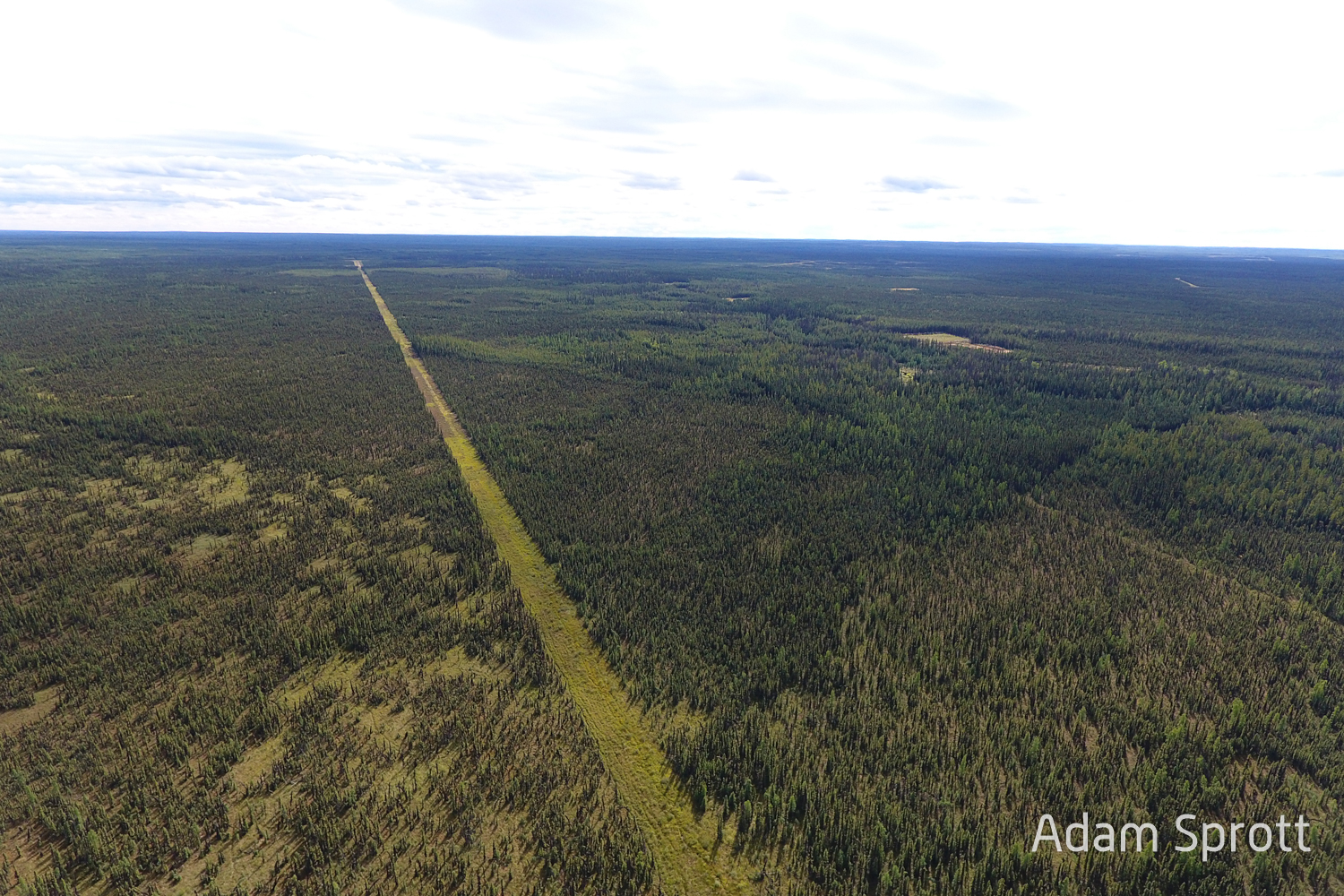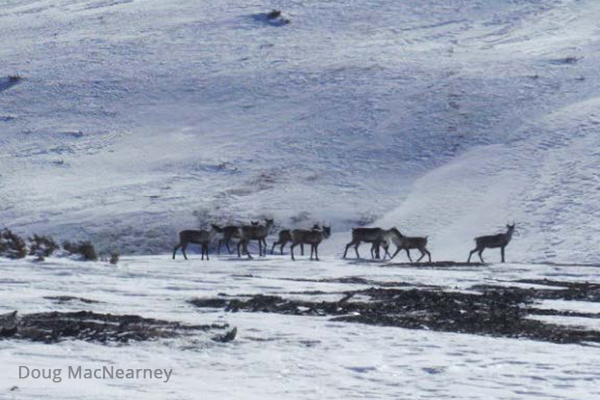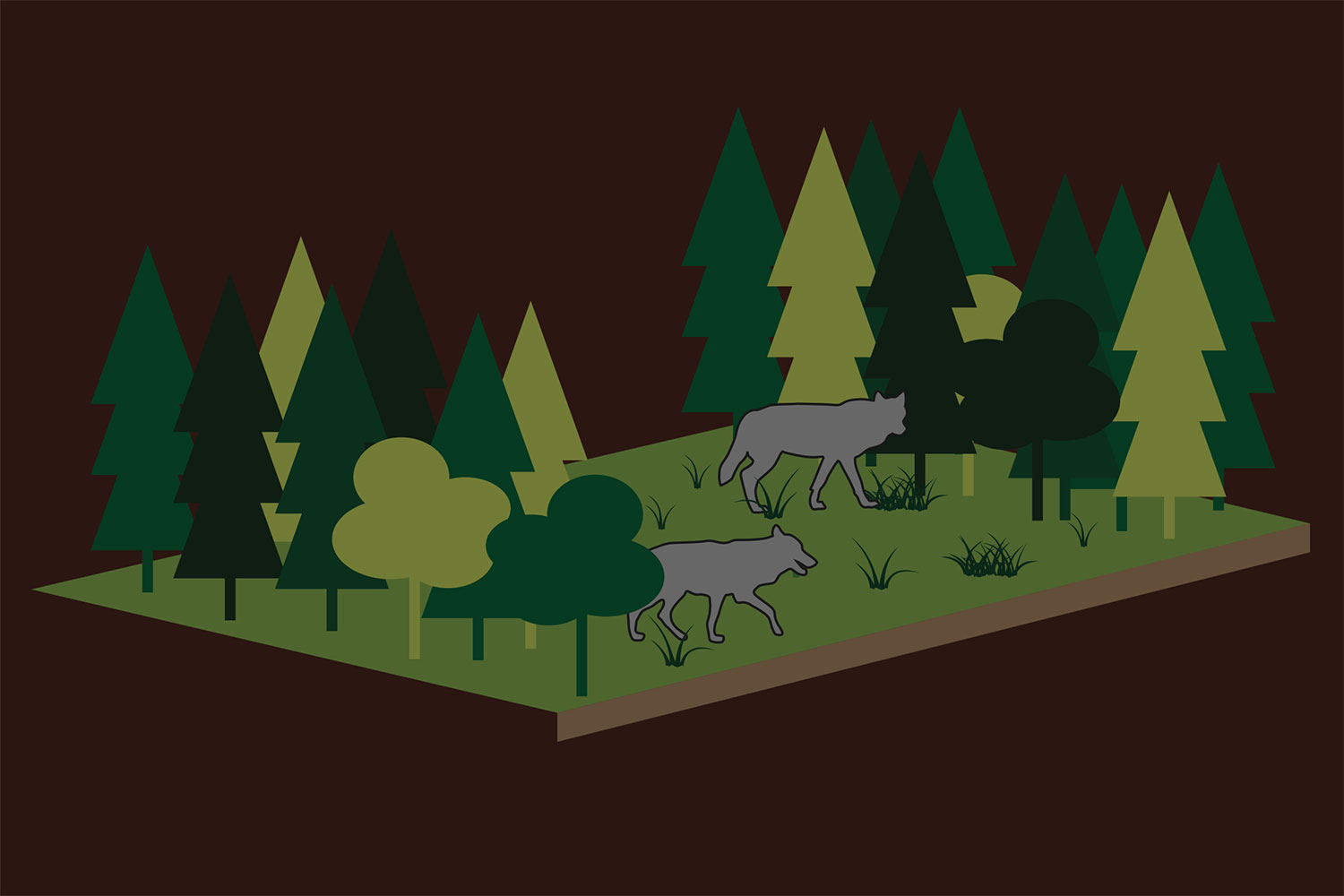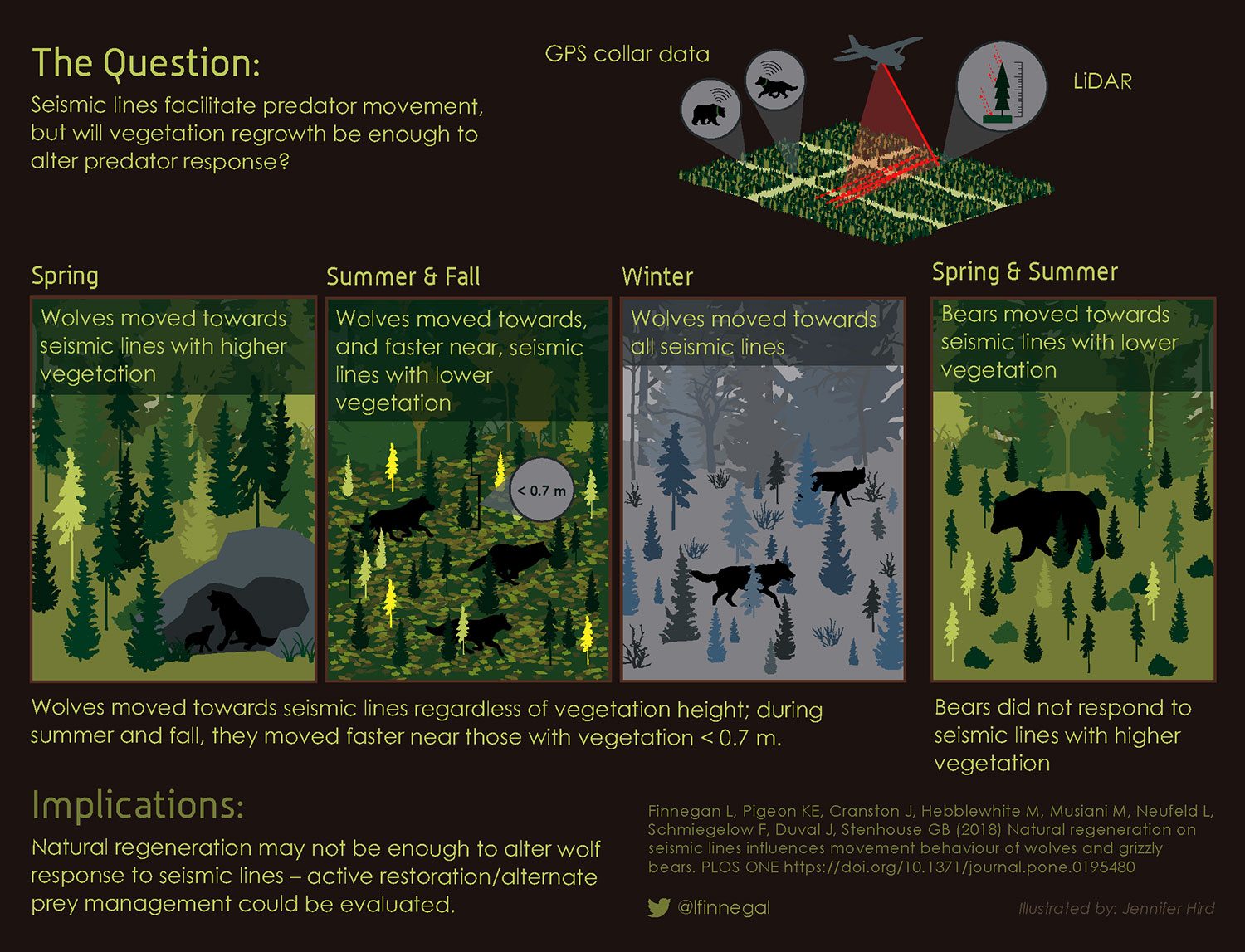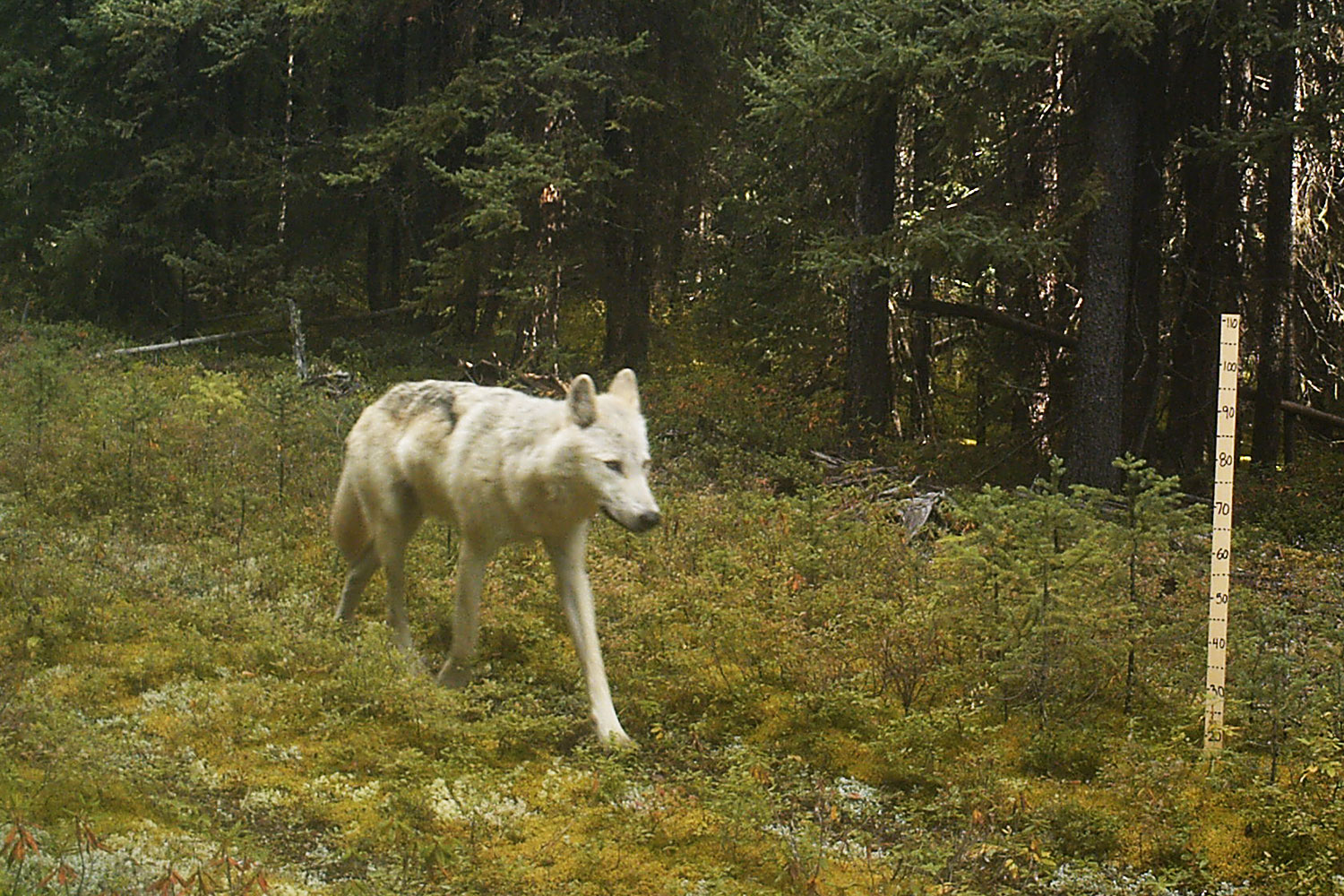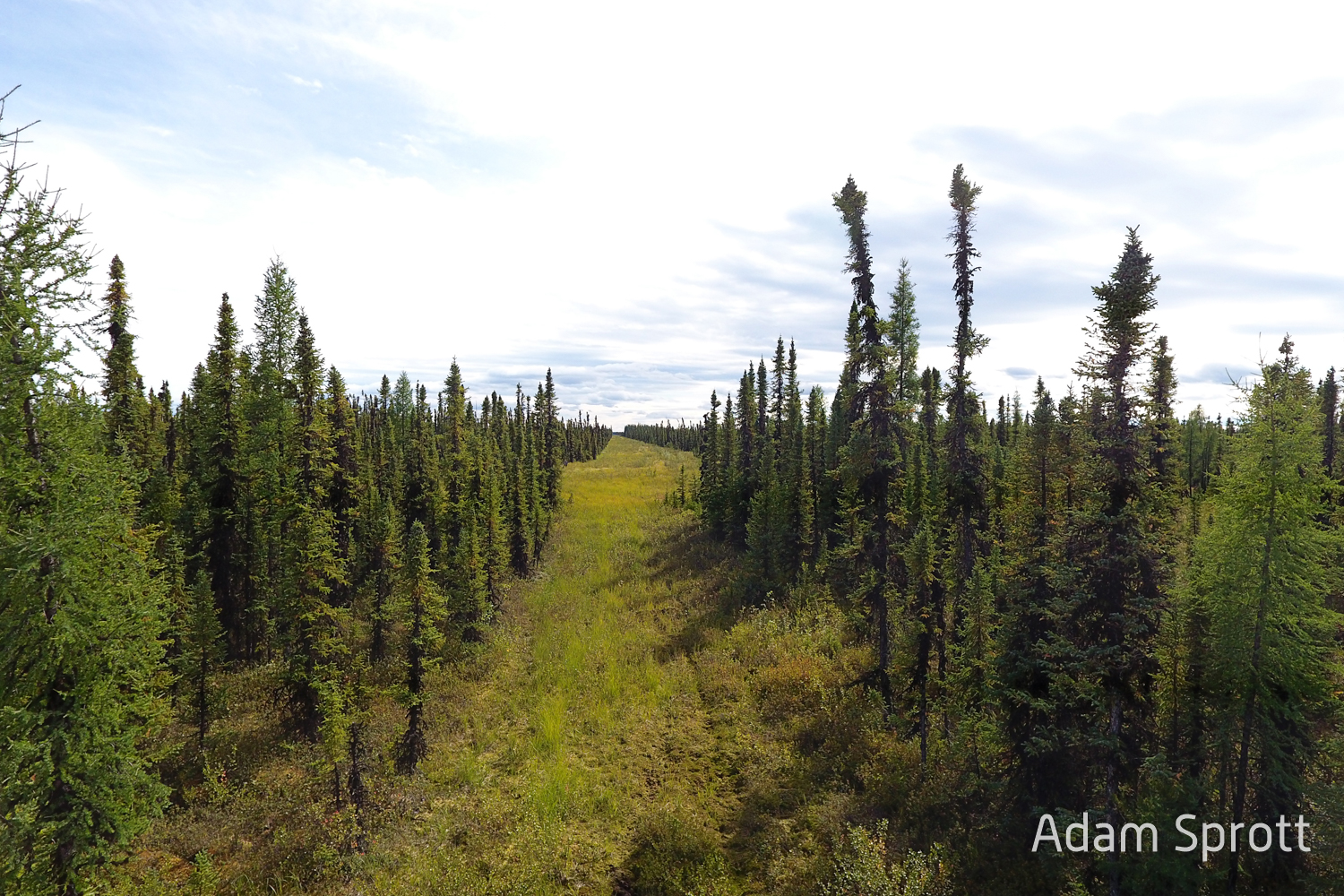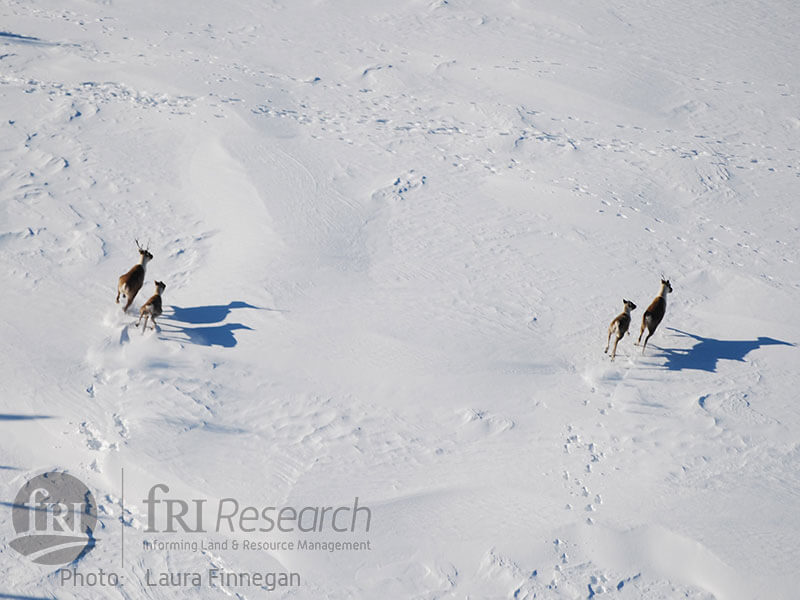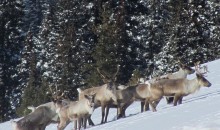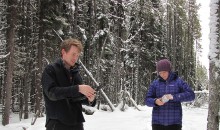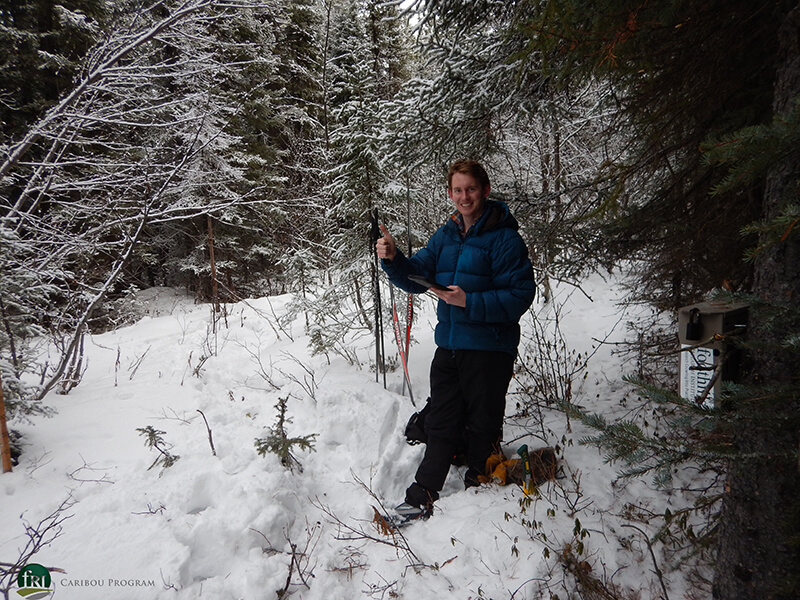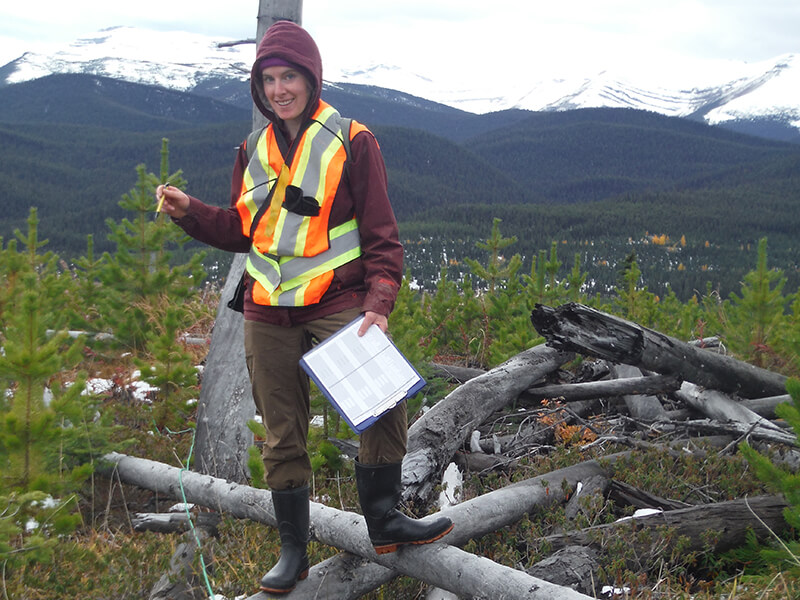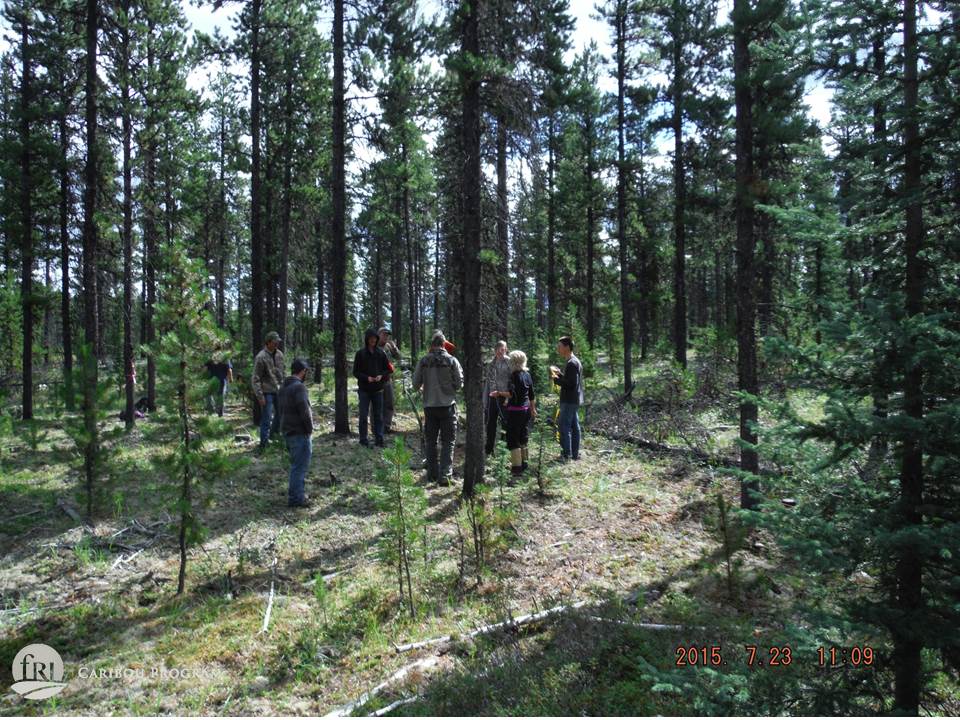Response of threatened species to linear features and landscape change in a managed forest ecosystem in West Central Alberta
This project helps us understand how human use of caribou habitat affects caribou use and movements across their range.
The results will guide science-based restoration of caribou habitat and determine how caribou annual range shifts in response to a dynamic forest landscape.
This three year project (2013-2016) combines new technologies – specifically LiDAR based terrain metrics and non-invasive fecal sampling – to increase our understanding of how caribou and their predators respond to habitat disturbance across their range. We will combine this with multiyear animal data sets to determine how caribou and grizzly bears respond to a changing forest landscape.
There are 4 primary objectives:
- To evaluate animal movement in relation to seismic cutlines and cutblocks at varied stages of recovery.
- Use multiyear telemetry datasets from caribou and grizzly bears to determine how animals respond to changing forest conditions.
- Use non-invasive genetic fecal surveys to increase the genetic library for these herds.
- Analysis hormones (indicative of stress and pregnancy rates) to determine the indirect effects of habitat disturbance on caribou.
This project will produce data and management tools which can be used to achieve sustainable harvesting of boreal forests when species at risk occur, and will also be used to inform science based restoration.
This project is being led by the University of Saskatchewan under primary funding by the Sustainable Forestry Initiative. It is being carried out by the University of Saskatchewan in collaboration with the fRI Research Caribou and Grizzly Bear Programs, with support from Weyerhaeuser Co. Ltd and West Fraser Mills.
Annual landscape change condition maps – Completed
